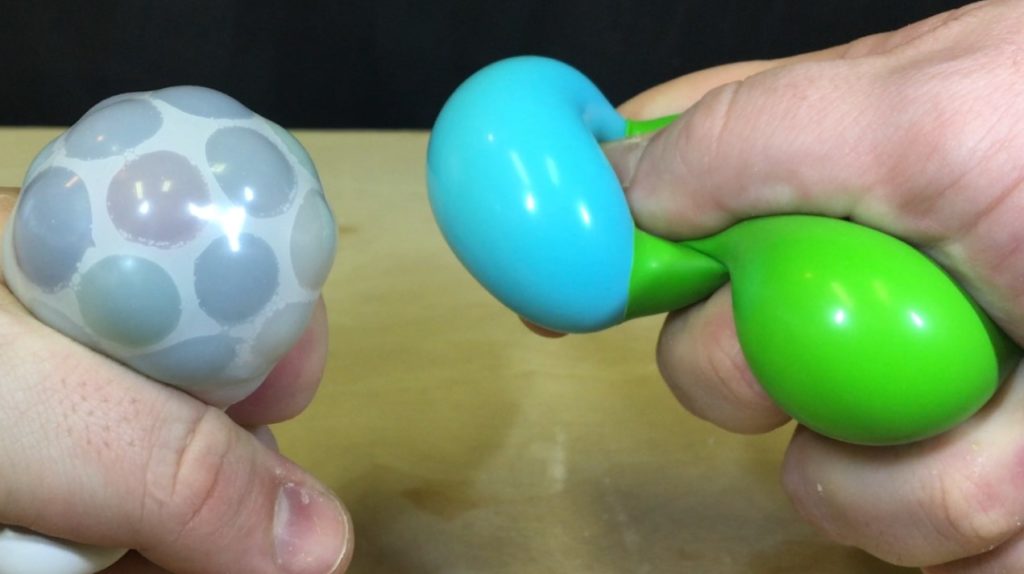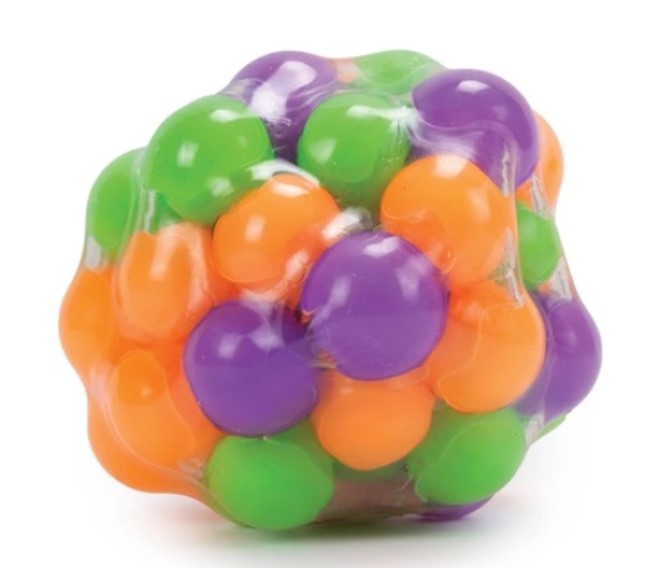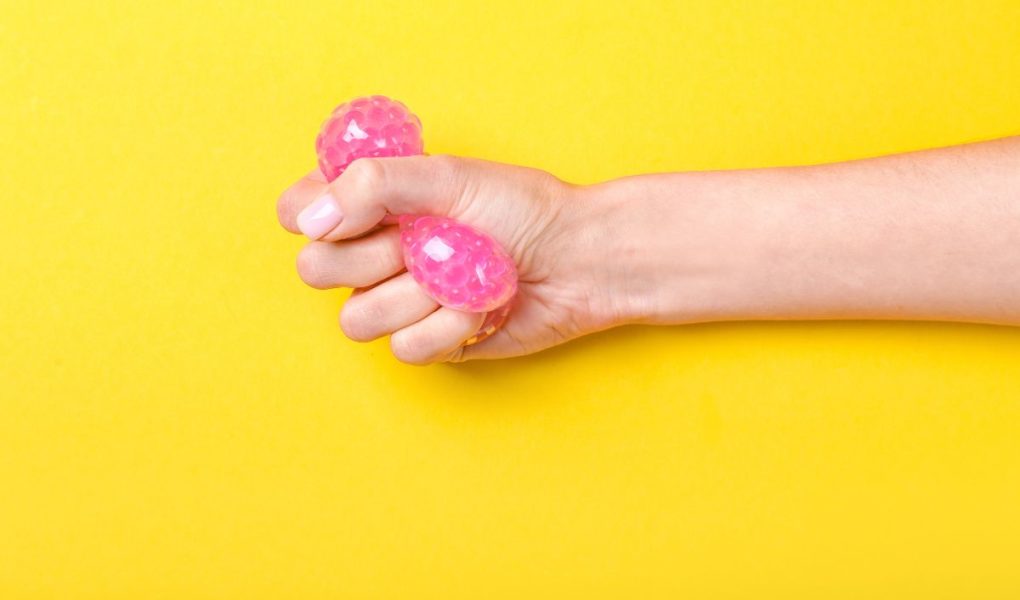Stress balls are popular because they can help you unwind, alleviate tension, and even enhance muscle strength in your hands. If you’re not keen on buying one or enjoy DIY projects, crafting a stress ball from a plastic bag is a convenient and straightforward solution.
What is a Stress Ball?

A stress ball is a small, malleable object that you can easily hold in one hand. Typically round, it’s specifically designed to be repeatedly squeezed and released, relieving stress and tension.
Stress balls have applications beyond stress relief: they can also help improve hand coordination and are often recommended in physical therapy settings. The materials used for commercial stress balls include foam, rubber, and sometimes even gel.
Do Plastic Bag Stress Balls Work?
If you’re skeptical about the efficacy of a stress ball made from a plastic bag, rest assured that it serves the same fundamental purpose as a store-bought one. You rhythmically engage your muscles by squeezing and releasing the handmade stress ball.
This repetitive action is soothing and serves as a physical outlet for pent-up stress and tension. Plus, making one from a plastic bag allows you to customize its size and firmness to your preference.
Does the Material Inside the Plastic Bag Matter?

Indeed, the type of material you use to fill your plastic bag stress ball plays a significant role in the texture and firmness of the final product. Below are some commonly used filling materials and their specific characteristics:
- Rice: This is a beautiful option for those who prefer moderate resistance coupled with a slightly grainy texture, making the stress ball engaging to squeeze.
- Flour: Flour is your best bet if you like your stress ball on the softer side. It creates a smoother, more pliable ball, ideal for gentle squeezing.
- Small Beads: Plastic beads offer a firmer experience, perfect for those who prefer a bit more resistance. The beads lend the stress ball a solid feel that many find satisfying.
- Lentils: These provide an interesting texture that feels earthy and organic. The resistance is moderate, somewhat similar to rice, but with a different tactile sensation.
- Sand: Sand is a solid choice if you want a smooth, easily moldable texture. The fine grains offer a unique sensory experience.
Step-by-Step Instructions
Step 1: Choose Your Plastic Bag
The first thing you need is a sturdy, leak-proof plastic bag. Ziplock bags are an excellent option as they are typically robust and have a secure sealing mechanism.
Step 2: Fill the Bag
Carefully introduce your chosen filling material into the bag. Ensure that the filled bag snugly fit within your hand when it’s sealed. This will guide the amount of filling you add.
Step 3: Eliminate Air and Seal
Once the bag is filled, press out as much air as possible before sealing it. This is crucial as trapped air could increase the risk of the bag bursting during use.
Step 4: Secure Further
To strengthen the seal, wrap adhesive tape around the opening. This offers an additional layer of security, making the stress ball more durable.
Step 5: Add a Second Layer
To enhance the stress ball’s resilience, slide the first bag into a second plastic bag and repeat the sealing and taping steps. This double-layer approach extends the life of your handmade stress ball.
Step 6: Personalize Your Stress Ball
Your stress ball is functional, but there’s room for personal touches. You might want to use markers to sketch designs on the plastic or add a fabric cover for a more tactile and aesthetic appeal.
How to Customize Your Plastic Stress Ball Further

Creating a functional stress ball is just the beginning; adding some personalized flair can take it up a notch.
Customization is fun and adds emotional value to your stress-relief tool. Here are some ideas on how you can make your plastic bag stress ball uniquely yours:
- Use Colored Bags: Opt for a colored plastic bag to add instant visual appeal.
- Add Fabric Covers: Sew a fabric cover with interesting patterns or textures for added comfort and style. Permanent
- Marker Designs: Use permanent markers to doodle or write inspirational phrases on the plastic bag.
- Attach Ribbons or Tassels: Add ribbons or tassels to the stress ball for extra texture and playfulness. Include Scented Materials: A few drops of essential oils in the filling can offer aromatherapy benefits.
- Label It: Use a marker or printed label to specify what’s inside or to whom it belongs.
- Embellishments and Beads: Stitch beads or sequins onto a fabric cover for added tactile and visual interest.
- Make a Theme: Create themed stress balls, like ‘ocean’ or ‘forest,’ using coordinated colors and designs.
FAQs
Washing guidelines depend on what filling material you’ve used. Most fillings are best spot-cleaned with a damp cloth, but remember that some materials, like rice, can spoil if exposed to moisture.
Generally, stress balls made this way are safe for older children, but it’s always good to exercise caution. Supervision is highly recommended if small, easily ingestible items like beads are used.
Indeed, if you prefer, you can use a piece of cloth or even an old sock instead of a plastic bag. Fill the fabric with your choice of material, gather the edges, and securely tie it to create a stress ball that’s just as effective.



